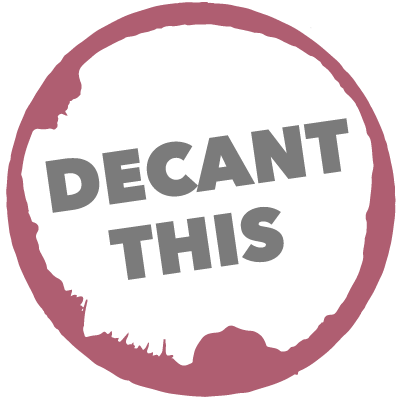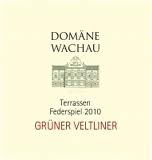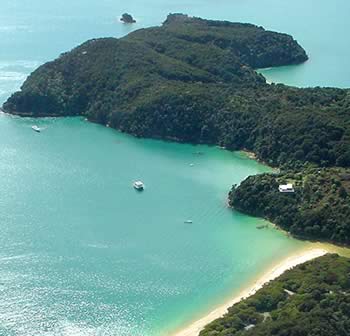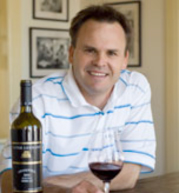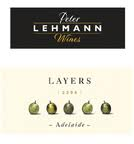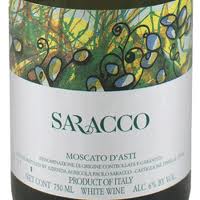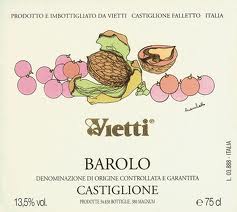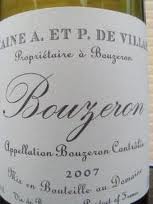The incisive, irreverent Mr. T
Just as this preposterous heat wave appears ready to break, so will this blog’s dry spell, induced by the passing of the world’s best mother-in-law and then some kind of wicked virus at this site. [Should the people who find it amusing to infect innocuous websites elude the death penalty? I say no.] Anyway, I have a lot of stuff to post to catch up, starting with this account from an event almost a month ago.
I’ve been to several Terry Theise events now, and each time, I find myself more likely to laugh or nod in agreement than to take notes. But on his most recent visit, I did jot down a  few bits of info and wisdom in between the importer’s trademark bon mots, a la how the 2009 Spreitzer Oestricher Lenchen Riesling Kabinett “made me its bitch.
few bits of info and wisdom in between the importer’s trademark bon mots, a la how the 2009 Spreitzer Oestricher Lenchen Riesling Kabinett “made me its bitch.
On Germany’s most recent recent vintages: “2009 is like one of those cars that’s not sexy to drive but operates really well, a Toyota Camry, maybe — lovely, unfussy, classic vintage, will never disappoint but perhaps will not curl your toenails like some other vintages. The 2010s are freakishly romantic. They show dark flavors, whereas the ’09s show polite flavors.
On wine reviews: “You see critics write about gooseberry. Brits have eaten gooseberries since they were kids, but Americans are like “˜what the heck is a gooseberry?’ ”
On his own preferences: “Sometimes you don’t want your block busted. For me the mark of a great wine is what I call a “˜persistent whisper.’ Wine can be beautiful in a lot of different ways, just as music can be beautiful in a lot of different ways.
On what to do with old wine that tastes tired: “Add 2 to 3 tablespoons of Chambord.”
